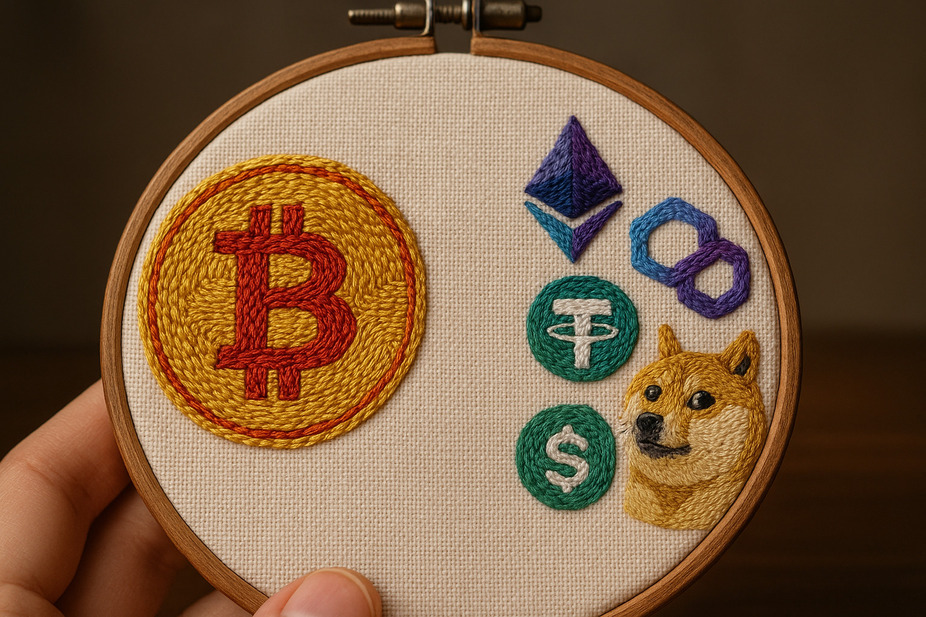Ren
Download Ironwallet app and get tool for making transaction without network fee
About Ren
Ren is an open protocol that enables the permissionless and private transfer of value between blockchains. The core idea behind Ren is to bring interoperability to decentralized finance (DeFi) by allowing cryptocurrencies and digital assets to be moved freely between blockchains. This provides more overall liquidity to the DeFi ecosystem.
History and Origins of Ren
Ren was founded in 2017 by Taiyang Zhang, a former software engineer at Google. The goal was to create a trustless system that allowed digital assets on different blockchains to be easily moved between each other. This would increase efficiency and improve overall liquidity across blockchains.
The Ren protocol was launched on the Ethereum mainnet in May 2020 after several years of research and development. It started by supporting Bitcoin, Bitcoin Cash, and Zcash assets.
How Ren Works
Ren enables cross-chain transfers using a combination of virtual machines and a decentralized network of nodes called Darknodes.
DarknodesDarknodes are the backbone of Ren. These are nodes operated by community members that facilitate the transfer of assets between blockchains. Darknodes stake REN, the protocol’s native token, as collateral to take part in the network. They earn fees for providing services.
Darknodes power RenVM, encrypt network data, and validate transactions. By spreading critical network functions across thousands of Darknodes, Ren becomes more secure and decentralized.
RenVMRenVM is Ren’s virtual machine that allows assets to be moved between blockchains. It handles the locked and minted representation of assets when they are transferred between chains.
For example, if a user wants to transfer 1 Bitcoin from the Bitcoin blockchain to Ethereum, RenVM locks up the real 1 Bitcoin on the Bitcoin blockchain. It then mints a new 1 renBTC on Ethereum to represent that BTC. When the user is ready to move the asset back, renBTC can be burned and unlocked back to native BTC.
RenVM ensures assets remain fully custodied throughout cross-chain transfers. The virtual machine and Darknodes work together to provide trustless interoperability between blockchains.
Use Cases and Adoption of Ren
Ren provides a crucial backbone for the rising decentralized finance ecosystem. Some key use cases include:
- Enabling lending and borrowing across different blockchains.
- Allowing users to utilize the best features of various DeFi protocols seamlessly.
- Onboarding more assets into the DeFi world by making them transferrable between chains.
- Providing essential infrastructure for decentralized exchanges looking to support cross-chain trading pairs.
Dozens of DeFi projects have integrated with Ren, including major lending platforms like Aave and Curve Finance. This demonstrates the strong adoption and demand for Ren’s interoperability capabilities.
Benefits of Using Ren
Ren offers several advantages over existing interchange solutions between blockchains:
- Permissionless: Any project can build on Ren’s open-source protocol to enable transfers.
- Trustless: Users maintain custody as assets are transferred between chains.
- Decentralized: RenVM and thousands of Darknodes provide decentralization.
- Private: Transactions are encrypted and anonymous.
- Fast: Cross-chain transfers take minutes compared to alternatives.
By combining these benefits, Ren provides the secure interoperability that the decentralized web needs to unlock the true potential of DeFi.
REN Token: Role and Value in the Crypto Market
REN is the native utility token of the Ren protocol. It has several key functions:
- Used as collateral by Darknodes to provide network services. More REN locked up increases chances of operating a Darknode.
- Required to pay fees for cross-chain transfers and other network usage.
- Can be bonded to boost privacy and earn a share of protocol fees.
As use of Ren grows, more Darknodes are needed to handle cross-chain volume. This drives up the amount of REN staked as collateral, potentially increasing its value. Additionally, higher usage of Ren means more protocol fees that can be earned by REN holders.
REN is traded on major exchanges and its market cap ranked within the top 70 as of November 2022. The token economics are designed to capture increasing value as Ren adoption grows.
Trading and Storing Ren
REN tokens can be purchased and traded on leading exchanges like Binance, FTX, and KuCoin among others. It is an ERC-20 token traded against stablecoins and other cryptocurrencies.
For storage, REN can be held in any Ethereum wallet that supports ERC-20 tokens. Hardware wallets like Ledger and software options like IronWallet or Metamask are popular choices to store REN securely. Many also utilize exchanges for storage and staking capabilities.
Proper security is encouraged when dealing with any cryptocurrency, including using cold storage options. As with any crypto asset, do your own due diligence before making purchase and storage decisions.
Conclusion
Ren offers a novel solution to seamlessly move assets between blockchains. This unlocks possibilities for DeFi that were not possible before. With strong adoption and a growing ecosystem, Ren appears poised to become a pillar of the decentralized finance movement. However, it faces competition from alternatives like Polkadot and Cosmos. The coming years will determine if Ren can evolve and capture more cross-chain volume as the technology matures.

























